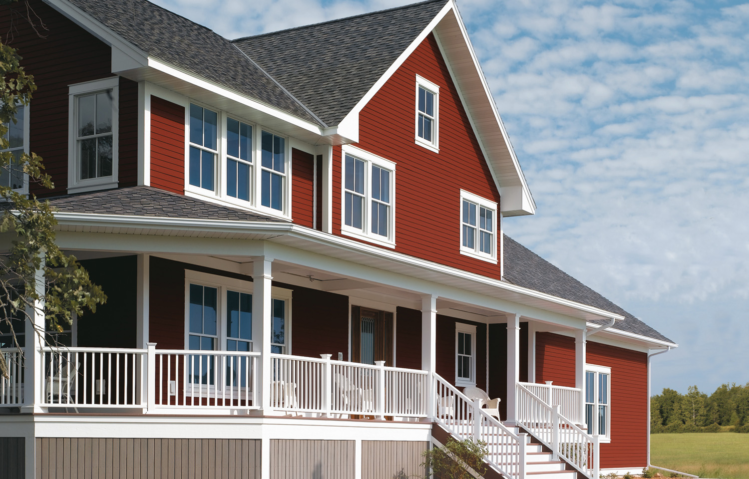T1-11 siding problems can compromise the aesthetic potential of natural wood siding. While all wood siding has elevated risks for damage compared with other materials, T1-11 siding is particularly problematic because of its fabrication process and composition.

Dealing with damage right away is key, and homeowners with T1-11 siding should be prepared to undergo continuous maintenance and care to keep their siding looking and performing its best. Take a closer look at this wood option and five of the most common T1-11 siding problems to be aware of, as well as a modern siding alternative that can save time, money, and energy.
Why Does T1-11 Siding Have So Many Problems?
It’s not uncommon for routine issues to pop up over the years. As most homeowners know, upkeep is just a standard part of homeownership. However, some materials are known for experiencing greater issues than others, thus requiring more time and money to maintain. Material composition and quality are often the deciding factors that play a role in how problematic a particular siding option will be.
There are two common types of T1-11: OSB (oriented strand board) and plywood. Both can be used for house siding, though neither are known for their durability. Plywood tends to be the stronger of the two, but it will still require a superior all-weather stain or paint to provide any level of protection from the elements.
When it comes to T1-11 wood, the compositional base is really its downfall. Unlike standard cuts of timber, T1-11 is made up of smaller strands of wood that have been bonded together. This makes them particularly susceptible to damage because the individual wood scraps can come apart or shift, especially with temperature changes, moisture absorption, and other environmental factors. In fact, most T1-11 siding problems can be traced back to this compositional instability.
Let’s a look at five of the most common problems with T1-11 siding:

1. Water Damage
Wood absorbs moisture — that’s just a fact. Water damage can weaken siding and cause cosmetic issues like stains, mold growth, and warped panels that look uneven. T1-11 siding problems due to moisture are quite common, as rainfall, snow, and humidity can take a toll on it.
2. Severe Flammability
Another issue with T1-11 siding is that it is highly flammable. Choosing to build with less flammable materials can improve a structure’s safety and reduce the risk of everything going up in flames.
3. Fast Color Fading
Typically, T1-11 siding must be repainted or stained every 2-3 years due to color fading. Even moderate sun exposure can cause the color of T1-11 siding to change, and this fading rarely happens at a consistent rate, meaning the siding may show different tones at different places throughout the exterior.
4. Surface Damage
Surface damage is another one of the common T1-11 siding problems that homeowners usually need to deal with. Because of its relatively flimsy composition, T1-11 siding can easily incur scrapes, dings, and dents. Chipping and flaking due to temperature swings can also cause unsightly damage on T1-11 siding.
5. Pest and Wildlife Infestation
Since it’s made of real wood, T1-11 siding is also susceptible to insect infestations and damage due to pests. Woodpeckers, squirrels, termites, and other invasive pests are often more attracted to wood siding than other manmade materials, and addressing the damage can be incredibly costly.

The Best Replacement Material for T1-11
There are many modern materials that can help homeowners avoid these common T1-11 siding problems. Switching to a product with better durability and weather protection can dramatically improve a home’s curb appeal and make it easier to maintain. Some vinyl products can resist chipping, flaking, and color fading better than T1-11. Likewise, brick is a popular choice for getting greater durability and reducing flammability. However, neither brick nor vinyl are the best alternative.
Fiber cement siding is considered the best replacement for T1-11 siding because it’s so much more durable and longer lasting — without compromising on aesthetics. Allura offers a wide variety of fiber cement siding options that have the charming allure of natural-looking wood grain. No matter what authentic style homeowners are seeking — board and batten, horizontal lap, cedar-style shake — Allura has all of these options available.





